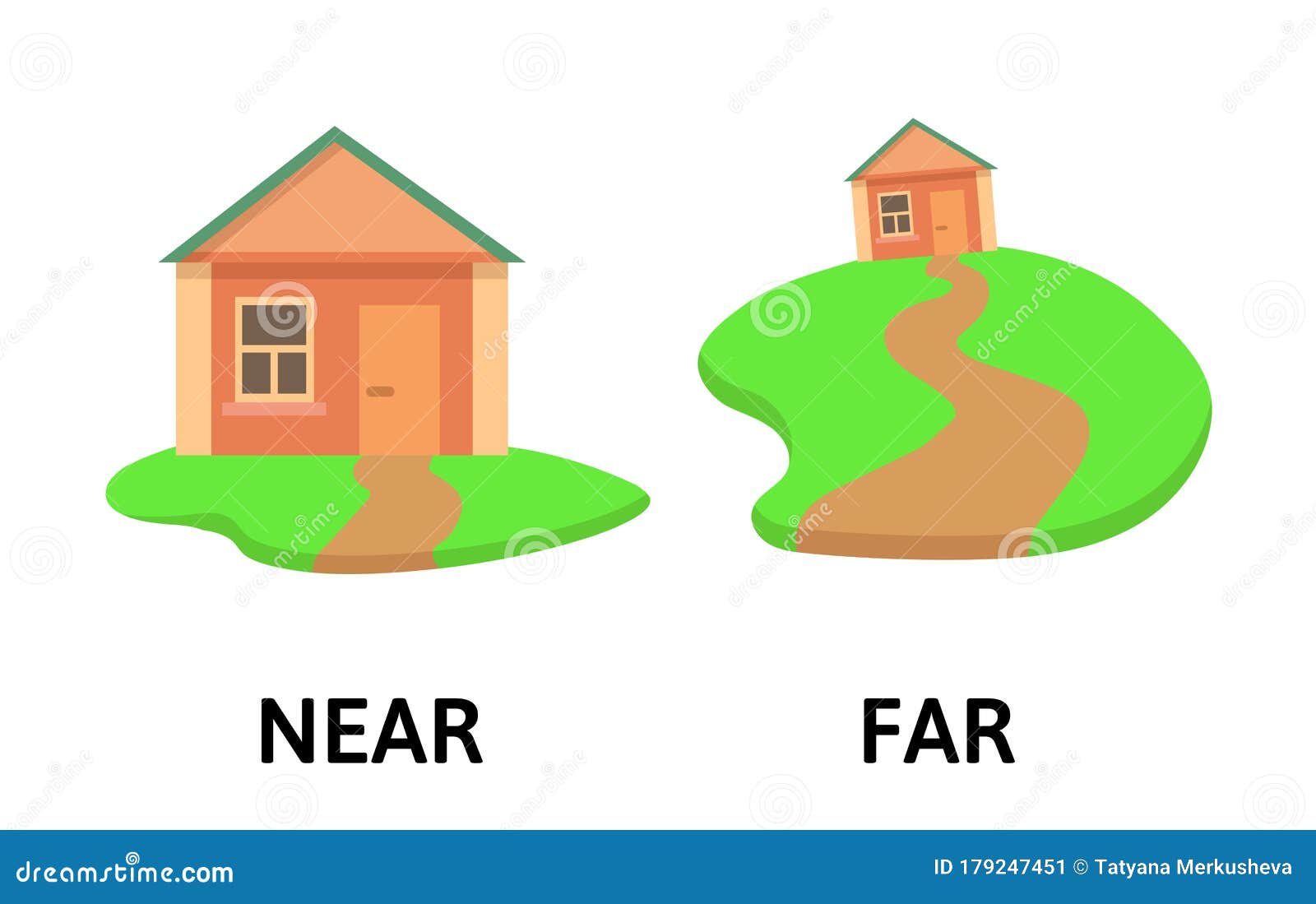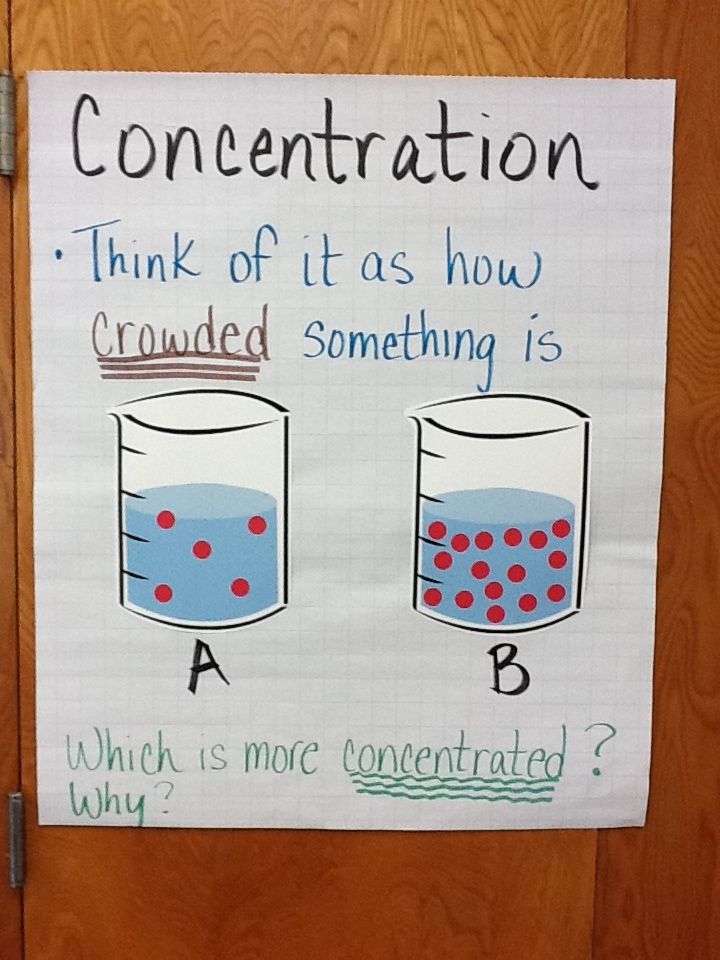The Transformative Impact of Transportation on Globalization
Introduction: The Pivotal Link Between Transportation and Globalization
Transportation is the backbone of globalization, shaping how goods, people, and ideas move around the world. Over centuries, improvements in transportation technology have continually opened new markets, fostered cultural exchange, and made international cooperation possible. Understanding the relationship between transportation and globalization is crucial for businesses, policy makers, and individuals seeking to capitalize on global opportunities.
Historical Evolution: How Transportation Drove Globalization
From ancient times, transportation has enabled societies to connect and exchange goods, knowledge, and culture. The Silk Road , a network of trade routes linking China with the Mediterranean, is one of the earliest examples of how land-based transportation fostered economic and cultural integration between East and West. Merchants, scholars, and travelers used these routes to trade silk, spices, precious metals, and ideas, laying the foundation for a more interconnected world [2] .
During the Age of Exploration , maritime innovations such as the caravel and compass allowed European explorers to traverse oceans, discover new lands, and establish global trade networks. These developments brought continents into closer economic contact and set the stage for the globalized economy we know today [1] .
The Industrial Revolution marked another leap forward. Steam engines powered trains and ships, drastically reducing the cost and time required to move goods and people. Railroads connected inland regions to ports, while steamships made transoceanic travel routine. According to economic historians, the advent of steam-powered transportation around 1820 dramatically lowered transportation costs, triggering what some call the ‘first unbundling’ of production and consumption on a global scale [5] .
Historical examples such as the Transcontinental Railroad in the United States and the construction of the Suez and Panama Canals further demonstrate how infrastructure projects can transform global trade by shortening routes and reducing barriers [1] .
Modern Transportation Technologies and Their Global Consequences
In the 20th and 21st centuries, innovations such as commercial aviation, container shipping, and digital logistics platforms have continued to shrink the world. Air travel allows people and products to cross continents in hours, fueling international business, tourism, and cultural exchange [4] .
Maritime transportation, especially through massive container ships, is the lifeblood of global trade. The containerization revolution standardized shipping, drastically reducing costs and enabling goods to be manufactured in one part of the world and consumed in another. The scale of this change is evident in the growth of container ports, which have become strategic assets for countries seeking to integrate into the global economy [3] .
Technological advances continue to reshape the landscape. The potential of autonomous vehicles and drones to further lower costs and increase efficiency is an area of growing interest, with the possibility to connect even remote regions to global markets [4] .

Source: walmart.com
Economic, Cultural, and Social Impacts
Transportation’s influence on globalization extends far beyond moving goods. By lowering the barriers to movement, transportation has:
- Boosted International Trade: Reduced shipping times and costs have enabled companies to source materials and sell products worldwide. For example, container shipping volumes have historically grown three to four times faster than global GDP, highlighting the multiplier effect between transport and economic growth [3] .
- Enhanced Cultural Exchange: The spread of ideas, languages, and customs is accelerated when people can travel freely. Air travel, in particular, has made global tourism and educational exchange accessible to millions [4] .
- Shaped Migration Patterns: Mass transportation systems, such as steamships and railroads, enabled large-scale migration. This transformed societies, economies, and the demographic makeup of entire continents [3] .
- Facilitated Supply Chain Integration: Businesses now operate global supply chains, sourcing components from multiple countries and assembling products where it is most cost-effective. Transportation is the critical link that makes these complex arrangements viable [4] .
However, it’s important to recognize challenges such as congestion, environmental impact, and the uneven distribution of transport infrastructure. These issues can limit the benefits of globalization and require coordinated policy responses.
Practical Guidance: Leveraging Transportation for Global Opportunities
If you want to expand your business or access new global opportunities, consider the following steps:

Source: walmart.com
- Assess Transportation Infrastructure: Research the quality and capacity of transport networks in your target markets. Look for countries with efficient ports, airports, and roads, as these tend to support smoother trade and logistics. The World Bank’s Logistics Performance Index and UNCTAD’s port statistics are useful tools for this purpose. You can find these resources by searching for “World Bank Logistics Performance Index” and “UNCTAD port statistics” through their official websites.
- Optimize Your Supply Chain: Leverage modern logistics technologies and fulfillment services to reduce shipping times and costs. Consider partnering with international freight forwarders or fulfillment providers who have established networks and expertise in cross-border shipping. Research reputable companies through industry associations such as the International Federation of Freight Forwarders Associations (FIATA).
- Navigating Regulatory and Customs Issues: Each country has its own regulations regarding imports and exports. Work with customs brokers or trade consultants to ensure compliance and avoid costly delays. Information on regulations and procedures can be found by searching for your country’s customs authority (e.g., “U.S. Customs and Border Protection” for U.S. trade).
- Monitor Technological Trends: Stay informed about emerging technologies in transportation, such as autonomous vehicles, drones, and digital logistics platforms. These advancements may offer new ways to reach customers and reduce costs in the near future.
- Consider Sustainability: As environmental concerns grow, many companies and countries are prioritizing green logistics solutions. Explore low-emission transport modes, optimize delivery routes, and investigate carbon offset programs for international shipping.
For individuals seeking global educational, travel, or cultural exchange opportunities, efficient transportation networks make it possible to access programs worldwide. To find relevant opportunities, search for scholarships, study abroad programs, or cultural exchange initiatives through established organizations or government agencies. For example, to explore study abroad options, search for “U.S. Department of State Education Abroad” or the official websites of your country’s higher education agencies.
Case Studies: Real-World Examples of Transportation-Driven Globalization
China’s Container Ports: Over the past two decades, China has invested heavily in developing some of the world’s largest container ports. This investment has enabled the country to become a global manufacturing hub, exporting products worldwide and integrating deeply into the global supply chain [3] .
The Panama Canal Expansion: The recent expansion of the Panama Canal allows for larger ships, reducing transit times and costs for goods moving between the Atlantic and Pacific Oceans. This has opened new trading routes and opportunities for businesses in the Americas, Asia, and beyond [1] .
Global E-Commerce: The rise of e-commerce giants has been possible due to highly efficient air and sea transport networks. Companies can now ship products from warehouses in one region to customers on the other side of the world in days, not weeks [4] .
Challenges and Solutions: Navigating the Complexities of Global Transportation
Despite its many benefits, global transportation faces several challenges:
- Congestion and Delays: Major ports and airports often experience congestion, especially during peak periods. Businesses should plan for possible delays and consider alternative routes or transport modes when necessary.
- Environmental Impacts: Transportation is a significant source of greenhouse gas emissions. Sustainable practices such as using energy-efficient vehicles and ships, consolidating shipments, and supporting carbon-neutral initiatives can help mitigate these effects.
- Geopolitical Risks: Trade routes may be affected by political instability or regulatory changes. Staying informed about geopolitical developments and diversifying supply chains can help manage these risks.
Summary and Key Takeaways
Transportation has been a fundamental driver of globalization, enabling economic growth, cultural exchange, and the seamless movement of goods and people. By understanding the historical context, technological advances, and practical steps to leverage global transport networks, businesses and individuals can unlock new opportunities and navigate the complexities of an interconnected world.
References
- [1] GPI Transportation (2024). How Transportation Has Shaped Globalization.
- [2] IR Theory (2023). How Has Transportation Affected Globalization?
- [3] Transport Geography (2024). Transportation and Economic Development.
- [4] Fulfyld (2024). How Has Transportation Affected Globalization?
- [5] UNCTAD (2019). Globalisation, automation and the history of work: Looking back to understand the future.



